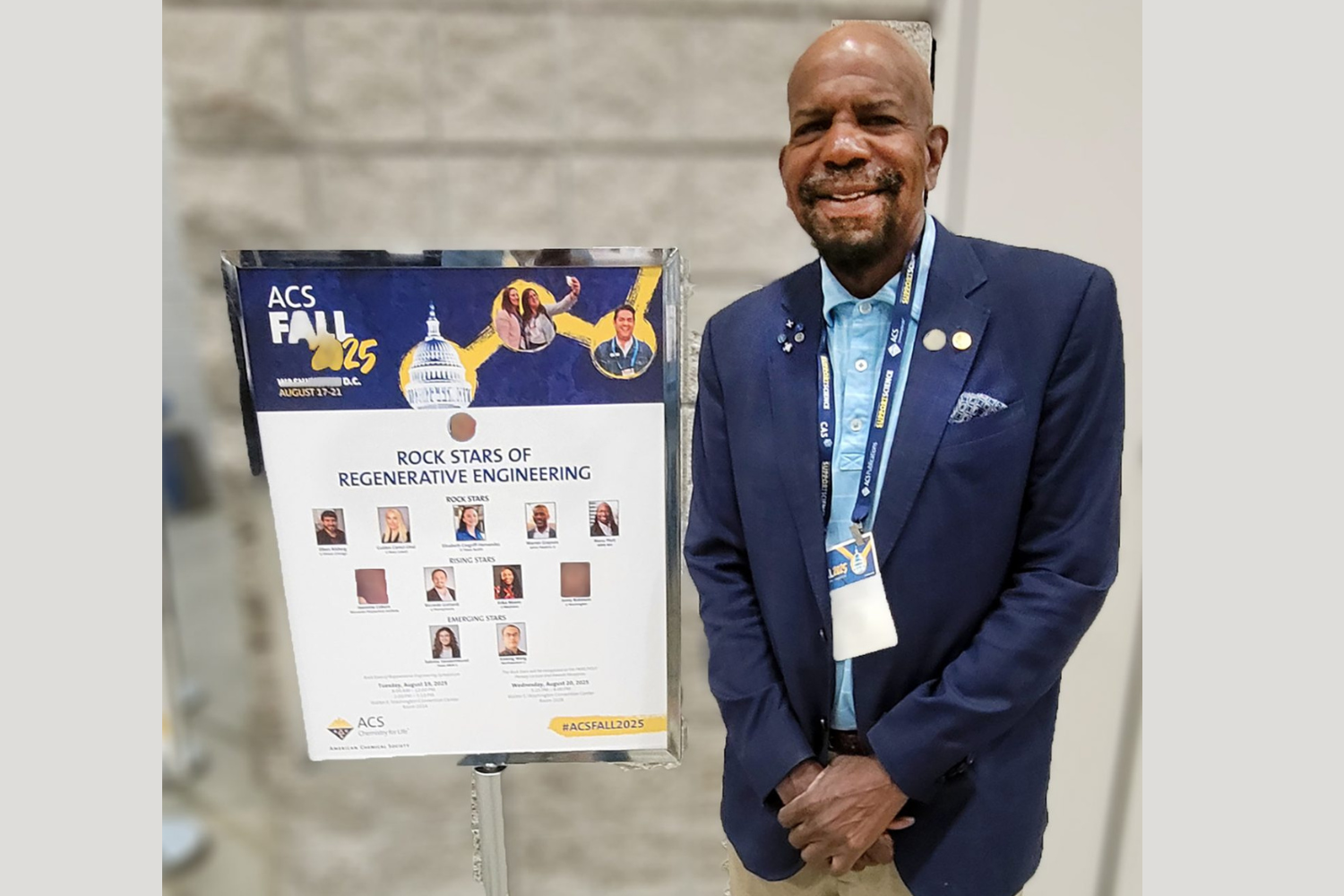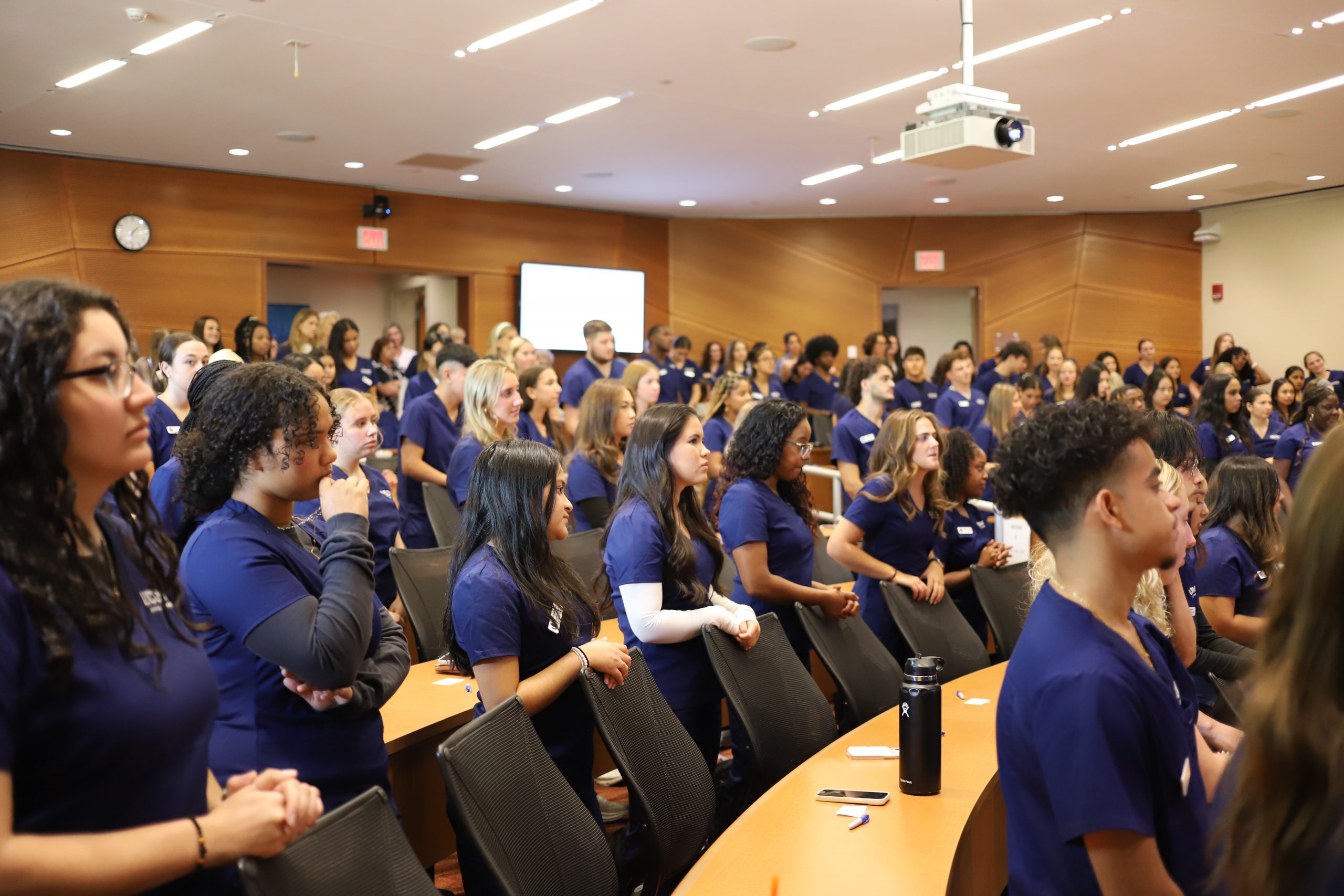Three cross-disciplinary teams of UConn researchers from the Storrs campus and the Health Center in Farmington recently received two-year start-up grants of $100,000 from the University to pursue their work. The funding through the University of Connecticut Health Center/Storrs and Regional Campus Incentive Grants (UCIG) program, are meant to support interdisciplinary, inter-campus research proposals that show long-term promise, and are likely to attract additional outside funding once the University’s seed money expires.

In one project, Kevin Claffey, a professor at the Center for Vascular Biology at the UConn Health Center, is teaming up with Quing Zhu, a professor of electrical and computer engineering, to develop new technology that will test the effectiveness of cloned cancer-fighting antibodies when they are inserted into breast cancer tumors.
Claffey’s lab has developed a way to clone antibodies extracted from the lymph nodes of breast cancer patients. These highly individualized antibodies, unique to each cancer patient, can lead to effective and targeted personal anti-cancer treatments and therapies.

Evaluating the therapeutic potential of a cloned antibody, however, is difficult. That’s where Zhu’s expertise comes in. Zhu has developed a novel near-infrared imaging device that Claffey hopes to use to determine the cloned antibodies’ effectiveness in deep tissue. Zhu’s device uses a traditional handheld ultrasound probe to pinpoint tumors and near-infrared light projected through optical fibers to penetrate and analyze the mass.
“When I learned of the application of the near-infrared imaging for animal models, it was quickly apparent that this would be an exceptional method to test the anti-cancer antibodies being developed in my lab,” Claffey says. “This unique partnership will require a collaborative effort between cancer- and immune-biology and applied engineering, a powerful combination.
“The exciting potential of this research,” he adds, “is that we may soon be able to test specific antibodies in each patient in a non-invasive manner to determine which might best target that person’s tumor. In effect, we are hoping to match therapeutic antibodies to each patient based upon real-time data obtained in a non-invasive format. Eventually, the effective targeting of multiple antibodies to a patient’s tumor should provide effective therapy even in disseminating metastatic disease.”

A second team of UConn researchers is developing a new nanomedicine approach to target therapy-resistant cancer stem cells. Recent advances in science have led to a better understanding of the characteristics of therapy-resistant cancer stem cells. The UConn research team hopes to use this new information to build a foundation for novel, reliable nanomedicine therapies.
The research team working on the project consists of Diane Burgess, UConn Board of Trustees Distinguished Professor of Pharmacy; Bryan Huey, associate professor in chemical, materials, and biomolecular engineering; and Liisa Kuhn, assistant professor of reconstructive sciences at the UConn Health Center. Kuhn’s lab conducts research into stem cells and preclinical oncology product testing. Burgess’ specialty is drug delivery and release. Huey is an expert in atomic force microscopy and surface characterization.

The team’s goal is to find the optimal chemical building blocks to create new targeted nanoparticle drug delivery systems. The technical challenge lies in optimizing the chemical and physical interactions between each component of the system so that the drugs are released at an appropriate rate to achieve the most effective therapy.
This translational medicine project is anticipated to strengthen the University’s efforts to serve as an innovator and creator of new medical treatments.
On another front, Christopher Heinen, assistant professor and investigator at the Center for Molecular Medicine at the UConn Health Center, is working with Nathan Alder, assistant professor of molecular and cell biology in Storrs, to learn more about the mutations of certain genes linked to colorectal cancer.
Heinen’s lab studies the molecular biology of colorectal cancer development and particularly how defects in certain genes can cause colorectal cancer, which is the third most common cancer among men and women. In this joint research project, Heinen intends to use a novel technique developed by Alder in which small, fluorescent probes are placed inside genetic proteins so researchers can see how the protein changes in response to stimuli. Ultimately, the group hopes to learn more about why and how cancer-causing mutations affect protein function.
“The results of these studies will serve as important preliminary data in upcoming NIH grant applications,” says Heinen, “and place the University of Connecticut in the forefront of examining the functional consequences of disease-associated variants.”



